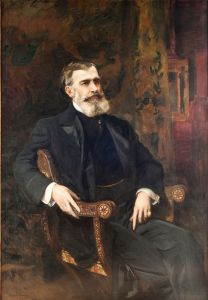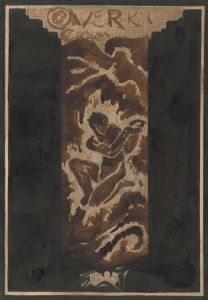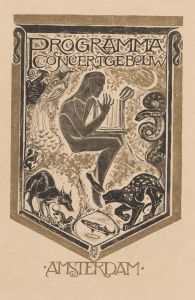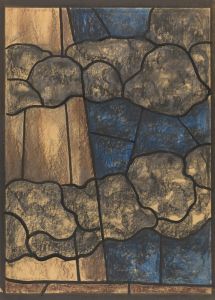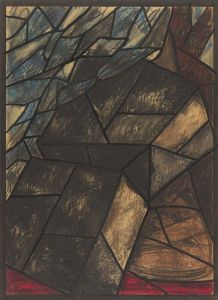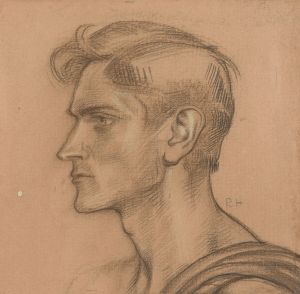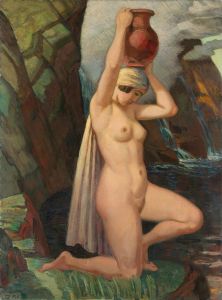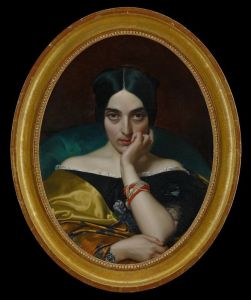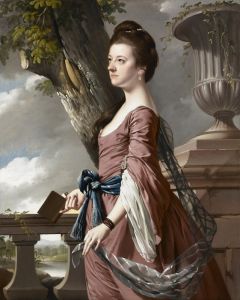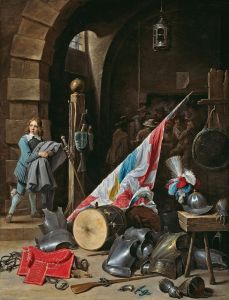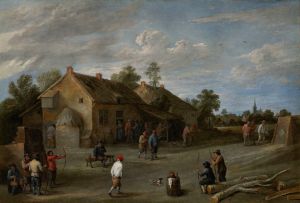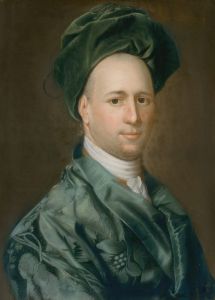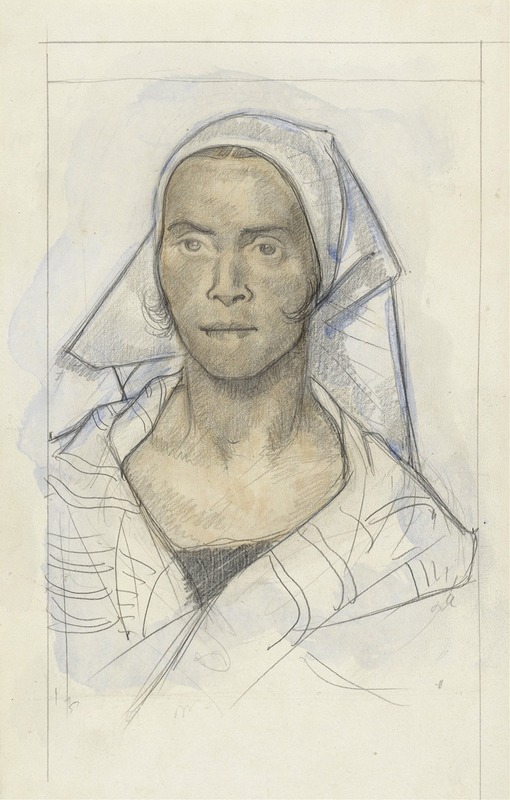
Portret van een vrouw met hoofddoek
A hand-painted replica of Richard Nicolaüs Roland Holst’s masterpiece Portret van een vrouw met hoofddoek, meticulously crafted by professional artists to capture the true essence of the original. Each piece is created with museum-quality canvas and rare mineral pigments, carefully painted by experienced artists with delicate brushstrokes and rich, layered colors to perfectly recreate the texture of the original artwork. Unlike machine-printed reproductions, this hand-painted version brings the painting to life, infused with the artist’s emotions and skill in every stroke. Whether for personal collection or home decoration, it instantly elevates the artistic atmosphere of any space.
Richard Nicolaüs Roland Holst (1868–1938) was a Dutch painter, graphic artist, and writer associated with the Symbolist movement. He is known for his socially engaged art and his contributions to the Dutch art scene during the late 19th and early 20th centuries. Among his works is the painting Portret van een vrouw met hoofddoek (Portrait of a Woman with Headscarf), which exemplifies his skill in portraiture and his interest in capturing the human condition.
Portret van een vrouw met hoofddoek is a depiction of a woman wearing a headscarf, rendered with a focus on simplicity and emotional depth. The painting reflects Roland Holst's characteristic style, which often combined elements of Symbolism with a strong sense of realism. The subject's expression and posture convey a quiet dignity, and the use of muted tones emphasizes the introspective and contemplative nature of the work. The headscarf, a common accessory in traditional Dutch attire, may suggest a connection to the working class or rural life, themes that Roland Holst frequently explored in his art.
The exact date of the painting is not widely documented, but it is consistent with Roland Holst's broader body of work, which often featured portraits and allegorical themes. As a socially conscious artist, he was deeply influenced by the political and cultural movements of his time, including socialism and the Arts and Crafts movement. These influences are evident in his commitment to creating art that was both aesthetically compelling and socially meaningful.
Roland Holst was married to the poet and socialist Henriette Roland Holst, and the couple shared a deep commitment to progressive ideals. His art often reflected their shared values, emphasizing themes of humanity, labor, and social justice. While Portret van een vrouw met hoofddoek does not explicitly convey a political message, its focus on an ordinary individual aligns with his broader interest in portraying the dignity and resilience of everyday people.
The painting is part of Roland Holst's legacy as a prominent figure in Dutch art. His works are held in various collections, and he is remembered for his contributions to both visual art and cultural discourse in the Netherlands. However, specific details about the provenance or current location of Portret van een vrouw met hoofddoek are not readily available in public records.
This portrait remains an example of Roland Holst's ability to combine technical skill with a profound sensitivity to his subjects, making it a notable piece within his oeuvre.





